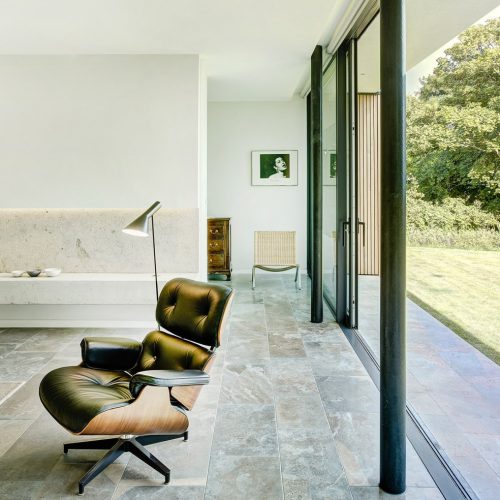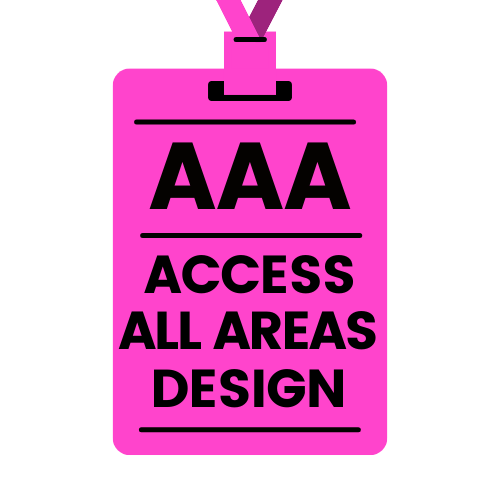HOME IS WHERE THE ACCESS IS

“Give me a home among the gumtrees
With lots of plum trees
A sheep or two, a kangaroo
A clothesline out the back
Verandah out the front
And an old rocking chair.”
By B. Brown/W. Johnson
We all have different requirements when it comes to our homes, but have you ever considered that are our homes may need to adapt to our ever-changing requirements over our lifetime? Whether our households are updated to keep up with changing trends (butler’s pantry anyone?), fluctuate in size with kids moving out, or modifications are made as we age, our homes need to have a certain flexibility to them. Even a singular room may at differing phases in our lives be a home office, a teenage retreat, a family study, or a bedroom for an elderly relative.
The requirements of a home may differ for people with disabilities but there still needs to be room for adjustments. Many factors need to be taken into consideration when it comes to how an accessible house is designed, constructed, or modified and it’s more than just installing a ramp at the front door and a chair in the shower; what happens in other areas of the home needs to be thoughtfully designed also.
Since the ability to perform everyday tasks such as cooking, using the bathroom, or accessing items from high shelves may be limited for someone with a disability by the way a traditional home is built, some things that require consideration in an accessible home are widening doorways for wheelchair and mobility aid access, consistent flooring in order to make transition between rooms easier, door handles instead of door knobs for those with hand coordination issues, and even minimising furniture to improve freedom of movement.
Renovating a home to make it accessible can be incredibly costly, time-consuming, and affect the aesthetics of a house, but what if homes were designed without the need for modifications or specialised design from the outset? Enter the livable house and the adaptable house.

The Livable House
Based on the principles of Universal Design – designing buildings, products, or environments to make them accessible to everyone (perfectly illustrated by architect Selwyn Goldsmith’s creation, the kerb ramp, a standard feature of footpaths everywhere) – the livable house is practical and flexible, and designed to accommodate the changing needs of people of different ages and abilities in their homes throughout their lifetime without the need for specialisation.
Often, when homes are retrofitted with ramps, handrails, and other devices, they can take on an institutionalised appearance with the aesthetic design of the home overlooked, but livable houses have features and fittings like wider doorways and passageways from the outset, which eliminates the need to add these features later. A livable house doesn’t necessarily accommodate the higher access needs of occupants who require an accessible house, but the inclusion of livable design features may reduce the cost of overhauling a home to improve access in the future.

The Adaptable House
Created to be functional for most people, adaptable houses have design features that are easily changed at a later date without demolishing or greatly modifying existing structures. This may include designing kitchens with an adjustable height bench that can be moved up and down to suit the height of each user in the home or increasing lighting levels in response to vision loss.
An adaptable house can be designed to easily enable a large dwelling to be divided into smaller housing units allowing residents to continue living independently in a familiar environment and can be easily modified to become an accessible house if the need should arise. An adaptable house also enables a rapid response to changing life needs, which can be swift and unexpected, and means minimal cost and inconvenience if alterations are needed.
Designing and constructing livable and adaptable houses means that we can move away from building special accommodation for different community groups and make all dwellings accessible. Livable design features don’t impinge on the integrity of the general design of a home and adaptable features are an added bonus in a home as they offer flexibility for change later on. And, most importantly, livable and adaptable homes means that friends and relatives with disabilities can visit with ease, avoiding the barriers that discriminate against people living in or visiting a home.
Isn’t it time for all housing to be designed as livable or adaptable?
